- Great for me
- Appearance
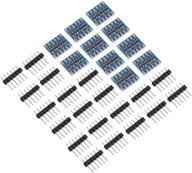
6
·
Average

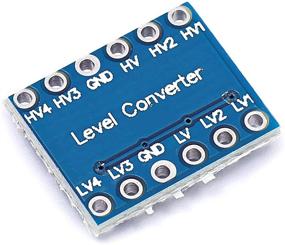
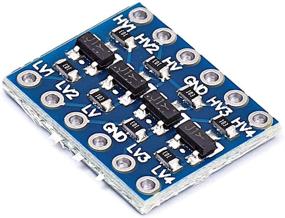
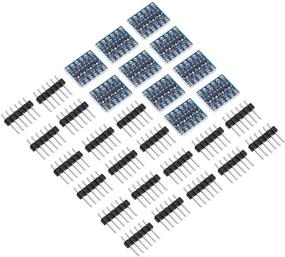
Unlock the potential of your car gauges and automotive tools & equipment with the Songhe 4 Channels IIC I2C Logic Level Converter Bi-Directional Module. Designed for seamless integration, this versatile module allows you to connect devices operating at different voltage levels, enabling smooth communication and expanded functionality.
Engineered with simplicity in mind, the Songhe Logic Level Converter is exceptionally easy to use. By connecting the module to two voltage sources - one for high voltage and the other for low voltage - you can effortlessly bridge the gap between incompatible devices. This eliminates the need for complex wiring and reduces the risk of damage to your valuable equipment.
With the Songhe 4 Channels IIC I2C Logic Level Converter, the possibilities for application are vast. Here are some areas where this product can make a significant impact:
Experience the enhanced connectivity and flexibility provided by the Songhe 4 Channels IIC I2C Logic Level Converter Bi-Directional Module. Say goodbye to compatibility issues and unlock the full potential of your car gauges and automotive tools & equipment!
The level converter is very easy to use, it needs to be powered from the two voltages sources (high voltage and low voltage) that your system is using. Take the high voltage (5V) and low voltage (3,3V) for example. 5V connects to HV pin;3.3V connects to LV pin;Ground from the system connects to GND pin. Green Board Not Blue.
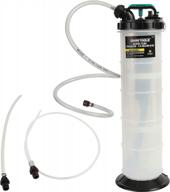
OEMTOOLS 24397 2.5 Gallon Manual Fluid Extractor Pump For Oil And Transmissions, With Oversized Handle For Easier Use And Extraction

23 Review
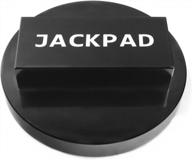
Jack Pad Adapter Anodized Black Replacement For B-M-W 135 335 535 E82 E88 E46 E90 E91 E92 E93 E38 E39 E60 E61 E63 E64 E65 E66 E70 E71 E89 X5 X6 X3 1M M3 M5 M6 F01 F02 F30 F10(1 Pcs)

21 Review

Efficient And Convenient EV Charging With MUSTART Level 2 Portable Charger (240V, 25Ft Cable, 25Amp)

18 Review
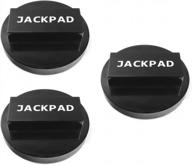
Jack Pad Adapter Anodized Black Replacement For B-MW 135 335 535 E82 E88 E46 E90 E91 E92 E93 E38 E39 E60 E61 E63 E64 E65 E66 E70 E71 E89 X5 X6 X3 1M M3 M5 M6 F01 F02 F30 F10,Mini (3 Pcs)

24 Review
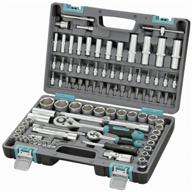
Bit and socket set Stels Tool set, 1/2", 1/4", CrV, plastic case 94 pcs, Stels, 94 pcs, black

46 Review
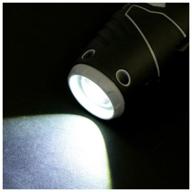
Rechargeable screwdriver OA-3,6F (433.0.2.00), 3.6 V, 1.3 Ah Li-ion, blister

46 Review
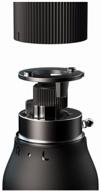
Xiaomi Mijia Ratchet Screwdriver 16 in 1 Screwdriver with Interchangeable Bits, 10 pcs, Black

22 Review
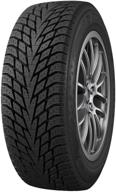
Cordiant Winter Drive 2 255/55 R18 109T

33 Review